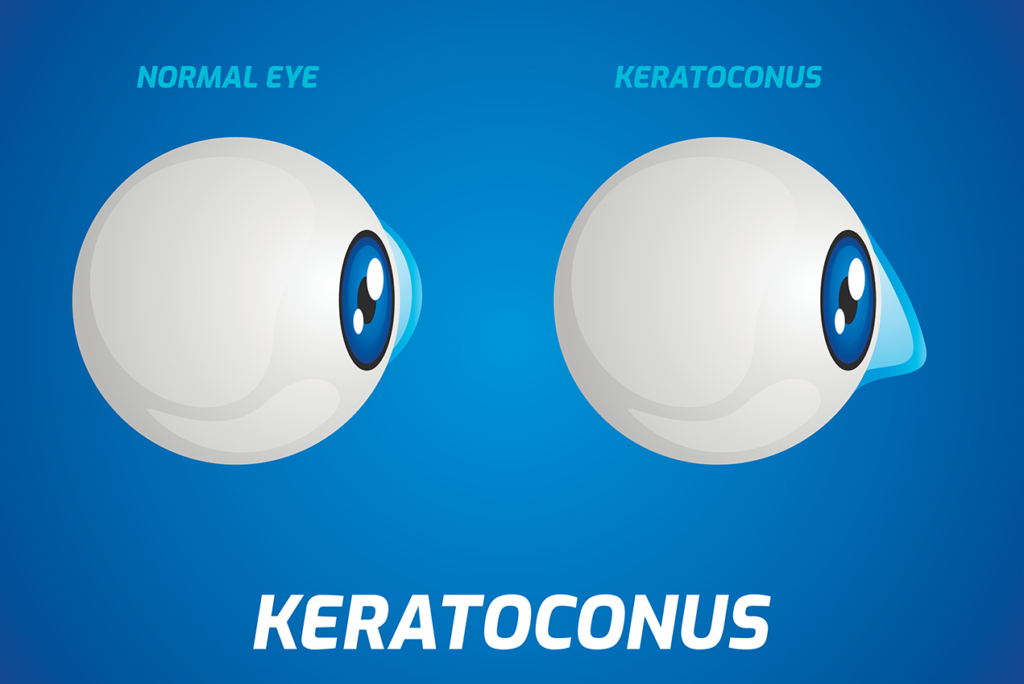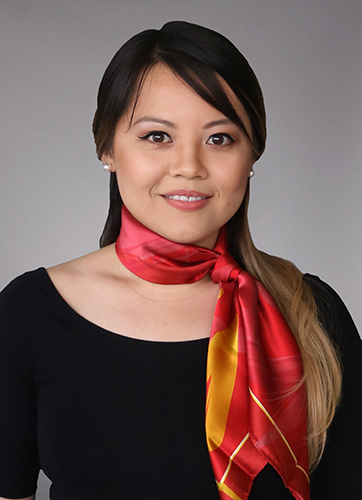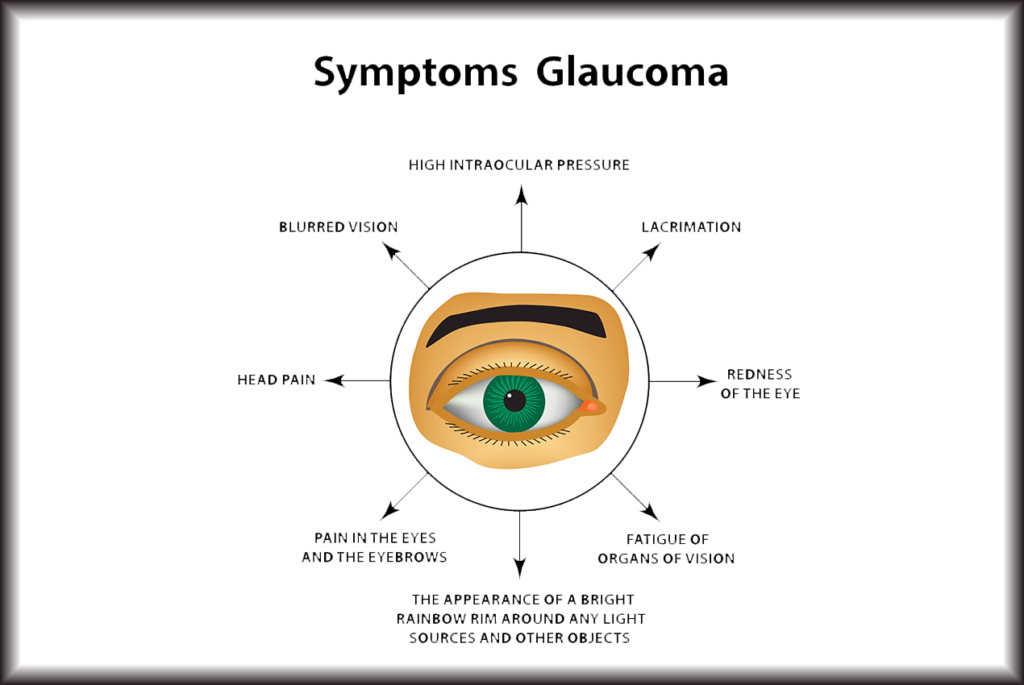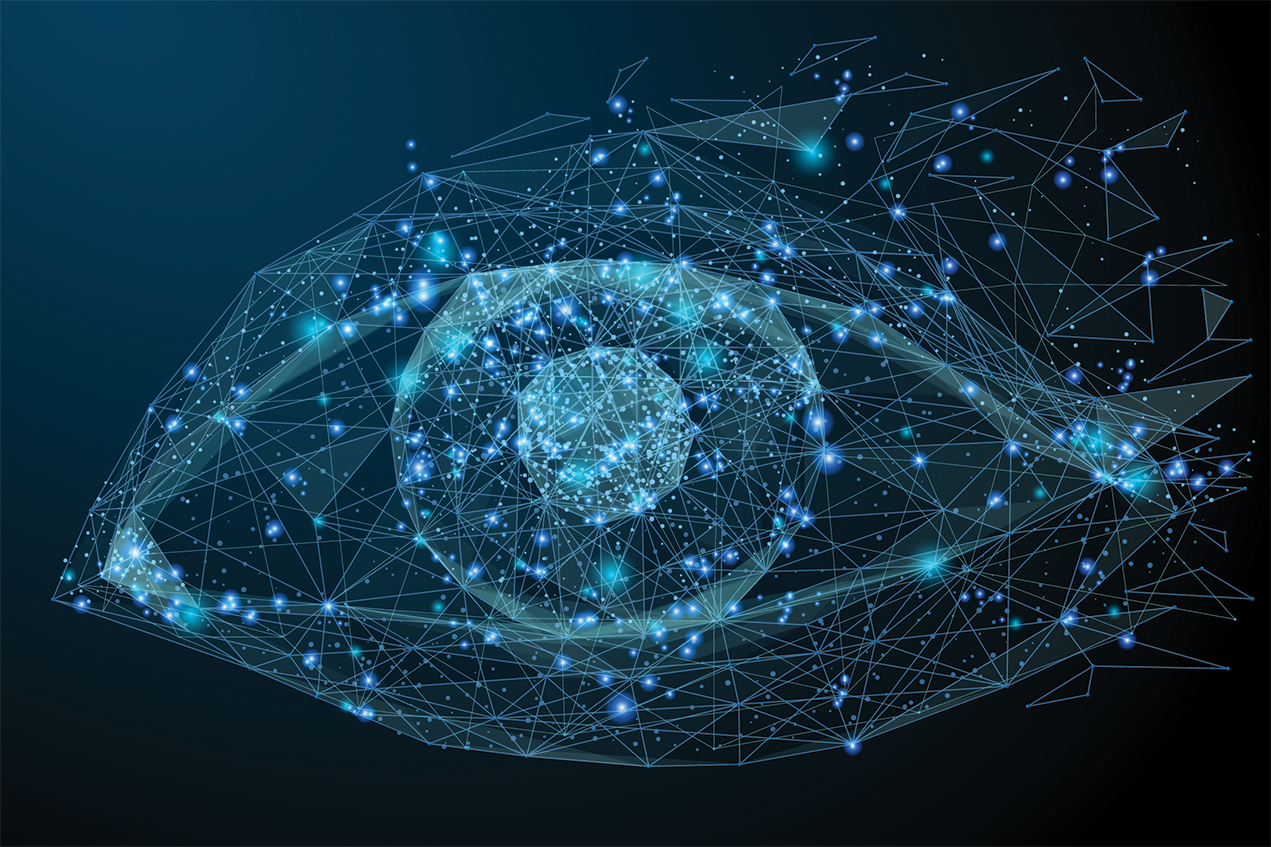Ever since Roslymn Caldwell was born, she had eye conditions. What began as a lazy eye in childhood advanced to keratoconus in adulthood and Caldwell was blind for all of her adult life.

“My vision was blurry,” she said. “It wasn’t dark, but gray. I could see the silhouette of your face, but not the details.”

Her condition destroyed her confidence. She needed someone to drive her, read to her and guide her around her apartment. Caldwell underwent several cornea transplants, but her body rejected each. Ophthalmologists and optometrists throughout Southern California told her there was nothing they could do.
One day, a blind agency suggested Caldwell visit the USC Roski Eye Institute. Caldwell felt hopeless but went to a consultation with Annie Nguyen, MD, an ophthalmologist who specializes in the cornea. Nguyen examined Caldwell’s eyes and recommended a keratoprosthesis, a procedure only offered by a handful of academic medical institutions worldwide.
Nguyen performed the procedure on Caldwell by replacing diseased tissue from the eye with a full-thickness transplant graft. She added a synthetic prosthetic device to the center of the graft so Caldwell’s eye would stay clear if the surrounding tissue failed. In addition, Benjamin Xu, MD, and Brian Toy, MD, performed surgeries that day to place a drainage device to control Caldwell’s glaucoma.

The morning after surgery, Caldwell woke at home up with the gift of sight. She ran around the apartment she’d lived in for a year and saw her living room, kitchen, and TV for the first time. She woke her caretaker and shouted, “I can see!”
Medical transportation drove Caldwell to her next check-up with Nguyen. Riding down the 14 Freeway toward Los Angeles, she saw freeway signs, hills, and the license plates of other cars for the first time in decades. When she arrived at the USC Roski Eye Institute, Nguyen asked who was with her.
“No one,” Caldwell said. “I came here myself.” When she read the eye chart, she could see to the 20/40 line the day after surgery. Before surgery, she only saw motion and couldn’t even see the chart.
Since her surgery, Caldwell has retaken control of her life. She is in school and has rediscovered her love of reading.
“I recommend USC to anyone with an eye problem because it’s such a blessing to me,” Caldwell said. “Anyone who wants to see, come check them out.”
— Eric Weintraub


